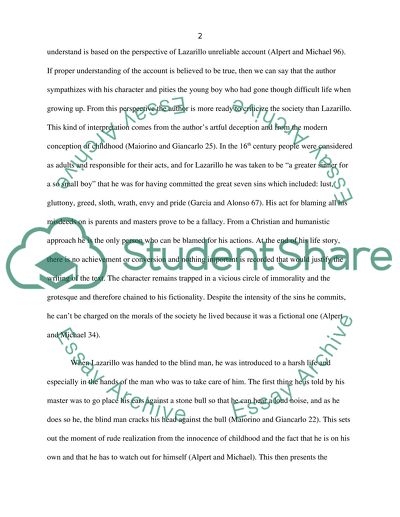Cite this document
(“Assess Lzaro's belief that he owes his life and survival to his first Essay”, n.d.)
Retrieved from https://studentshare.org/literature/1635951-assess-lzaros-belief-that-he-owes-his-life-and-survival-to-his-first-master-el-ciego
Retrieved from https://studentshare.org/literature/1635951-assess-lzaros-belief-that-he-owes-his-life-and-survival-to-his-first-master-el-ciego
(Assess Lzaro'S Belief That He Owes His Life and Survival to His First Essay)
https://studentshare.org/literature/1635951-assess-lzaros-belief-that-he-owes-his-life-and-survival-to-his-first-master-el-ciego.
https://studentshare.org/literature/1635951-assess-lzaros-belief-that-he-owes-his-life-and-survival-to-his-first-master-el-ciego.
“Assess Lzaro'S Belief That He Owes His Life and Survival to His First Essay”, n.d. https://studentshare.org/literature/1635951-assess-lzaros-belief-that-he-owes-his-life-and-survival-to-his-first-master-el-ciego.


